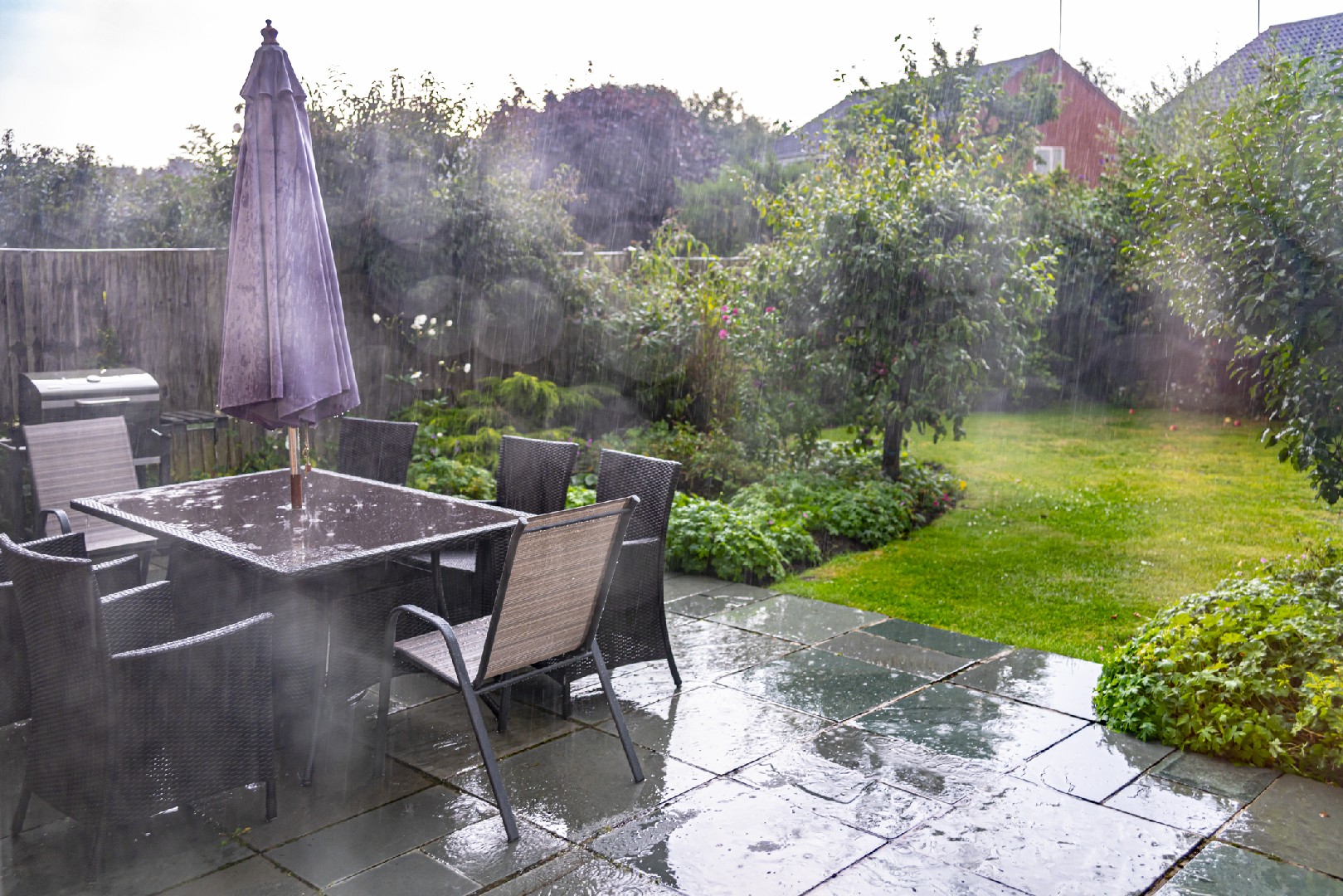![Rectangle]()
Key Climate Considerations for Landscape Design
When creating a climate resilient garden, it is important to consider the different climate challenges and their impact on the landscape. By understanding these challenges, you can design a garden that thrives in any climate type.
One of the first steps in climate resilient garden design is identifying appropriate plants and design features for different climate types. Each climate type has its own set of challenges, such as extreme temperatures, high levels of precipitation, strong winds, or seasonal variations. By selecting plants and design features that are well-suited to these challenges, you can ensure the long-term success of your garden.
Temperature is a key factor to consider when selecting plants for your garden. Some plants are more tolerant of heat, while others can withstand freezing temperatures. Understanding the temperature ranges in your climate zone will help you choose plants that will thrive in your garden. Additionally, consider the microclimates within your garden, as certain areas may be warmer or cooler than others.
Precipitation is another important consideration. Some areas experience heavy rainfall, while others may be prone to drought. Selecting plants that are adapted to the local rainfall patterns will help reduce water usage and ensure the health of your garden. Incorporating rainwater harvesting techniques, such as rain gardens or collection barrels, can also help mitigate the impact of heavy rainfall and provide water during dry periods.
Wind can have a significant impact on your garden, especially if you live in an area prone to strong winds or storms. Consider the wind patterns in your area and select plants that can withstand these conditions. Additionally, design features such as windbreaks or hedges can help protect your garden from strong winds.
Seasonal variations, such as changes in temperature or daylight hours, can also affect plant growth and garden design. Understanding the seasonal patterns in your area will help you plan for these changes. For example, planting spring-blooming bulbs or selecting fall foliage plants can add interest and color to your garden throughout the year.
In conclusion, creating a climate resilient garden requires careful consideration of the climate challenges and their impact on the landscape. By selecting appropriate plants and design features that are well-suited to your climate type, you can future-proof your garden and ensure its long-term success. Consider the factors of temperature, precipitation, wind, and seasonal variations when designing your climate resilient garden, and you will be rewarded with a beautiful and thriving outdoor space.





